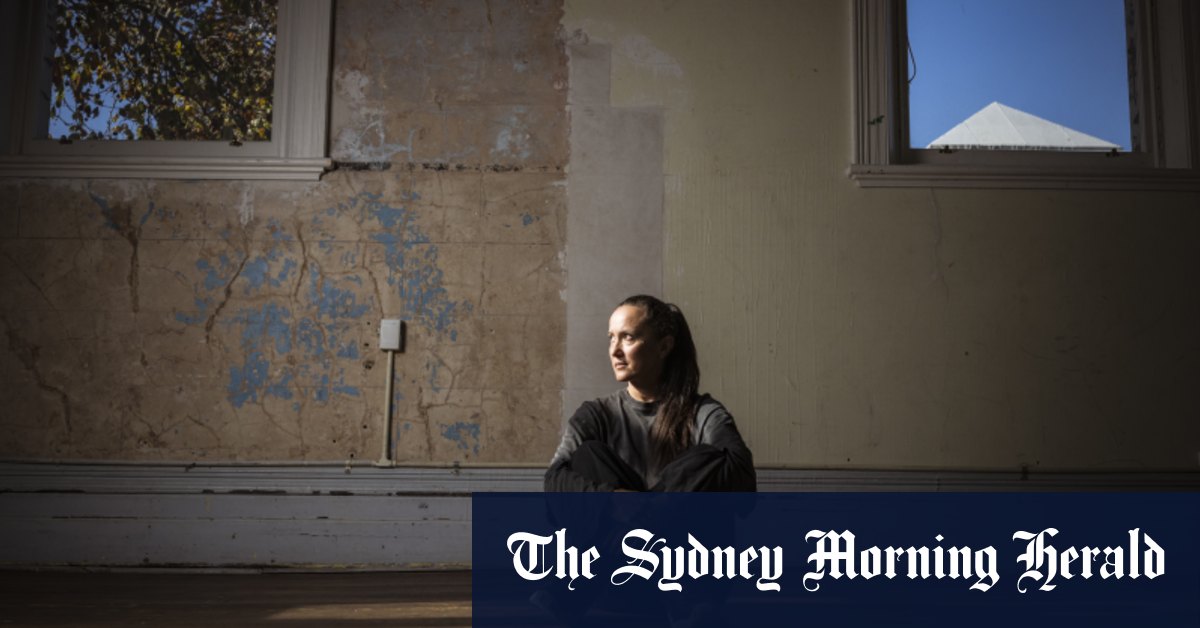Jobs at Bunnings: How Australia’s musicians, actors and artists scratch a living

- by Admin
- May 6, 2024

Independent choreographer Melanie Lane is among those stretching to make ends meet, relying on a fellowship and a residency for work.
With as few as 16 full-time contemporary company dance positions on offer in Australia and most positions project-based, Lane said many emerging and mid-career dancers were “working second, third and fourth tier jobs”.
Playwright, screenwriter and comedian Vidya Rajan.Credit: Darrian Taylor
“I know dancers who work more hours at Bunnings and cafes than they do at dance, though they are of exceptional ability,” she said.
“That’s the sad reality in order for people to hang on to their craft. Doing those jobs means you can’t do training and take classes to develop your skills. There are a lot of compromises you need to make to stay in the sector and that includes personal choices around having a family.”
Throsby said the distribution of artist incomes was heavily skewed towards the lower end of the salary scale compared to other occupations of similar experience and education including those in health and finance.
“I know dancers who work more hours at Bunnings and cafes than they do at dance though they are of exceptional ability.”
Melanie Lane
Just under half of artists make less than $10,000 per year on average directly from their creative talents, a marginal improvement on 58 per cent recorded for 2016, which Throsby regards as a statistical fluctuation, not a trend. Averaged out, this amounts to as little as $200 per week.
At the other end of the income scale, only 15 per cent of all artists made more than $50,000 from their creative work in 2021–22, mainly film actors or directors.
Music composers, visual artists, and authors were among the lowest-paid of all arts workers and visual artists most likely to have experienced a period of unemployment.
Just as the bank of mum and dad is a leg up to first-home ownership, half the nation’s artists say their spouse or partner’s income is important to their future security.
“It feels like the funding streams available before COVID and platforms for dance and festivals have all gone now,” Lane said. “Everything has become more tight so small to medium have had to stretch themselves and that’s had a knock-on effect. I receive multiple emails per week from artists looking for work, and I’m a solo artist with no work to give.”
“There are a lot of compromises you need to make to stay in the sector and that includes personal choices around having a family.”
Melanie Lane
The findings confirm a disconnect between the high value placed on arts and cultural engagement and the poor working conditions of artists.
They have stark implications for the cultural life of the nation, and the longevity of those starting out in screen, film, theatre and stage if they have neither parents nor partners or savings to support themselves.
“If funding and funding access isn’t improved radically, soon we will be losing out on exciting art and career growth for most practitioners who do not have the buffer of wealth or extraneous support,” comedian and screenwriter Vidya Rajan warns in the report.
Loading
Creative Australia chief executive Adrian Collette said the data would be used to help develop and assist the workforce.
Throsby said federal, state and local governments could do a lot to create the conditions to assist artists to flourish. The willingness of the Albanese government to help had been signalled in Labor’s arts and cultural policy, Revive.
Find out the next TV, streaming series and movies to add to your must-sees. Get The Watchlist delivered every Thursday.
The Latest News
-
December 22, 2024Footy world rallies around Lions premiership winner and family amid awful news
-
December 22, 2024JPMorgan exits Australia’s Star Entertainment
-
December 22, 2024Fearless teen debutant touches down for Boxing Day
-
December 22, 2024Live: Both Australian openers dropped as NZ miss big chances
-
December 22, 2024New Zealand v Australia: third women’s one-day international – live





